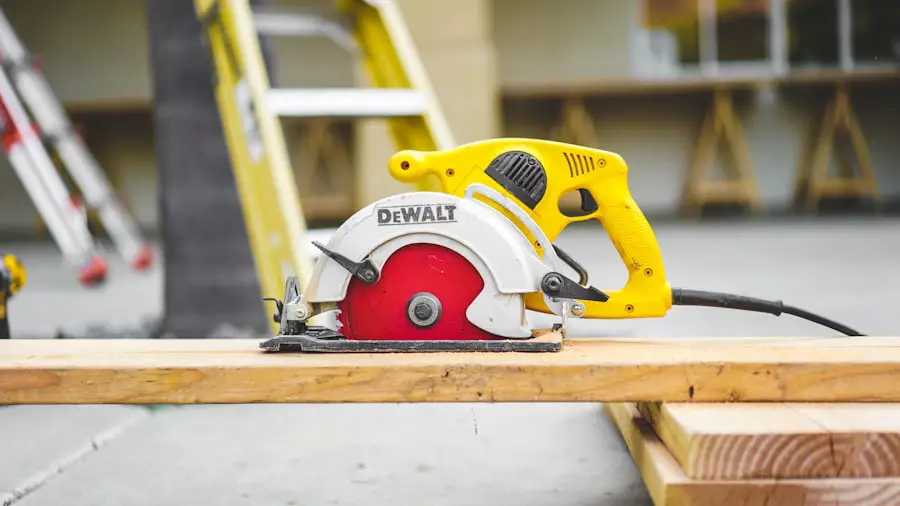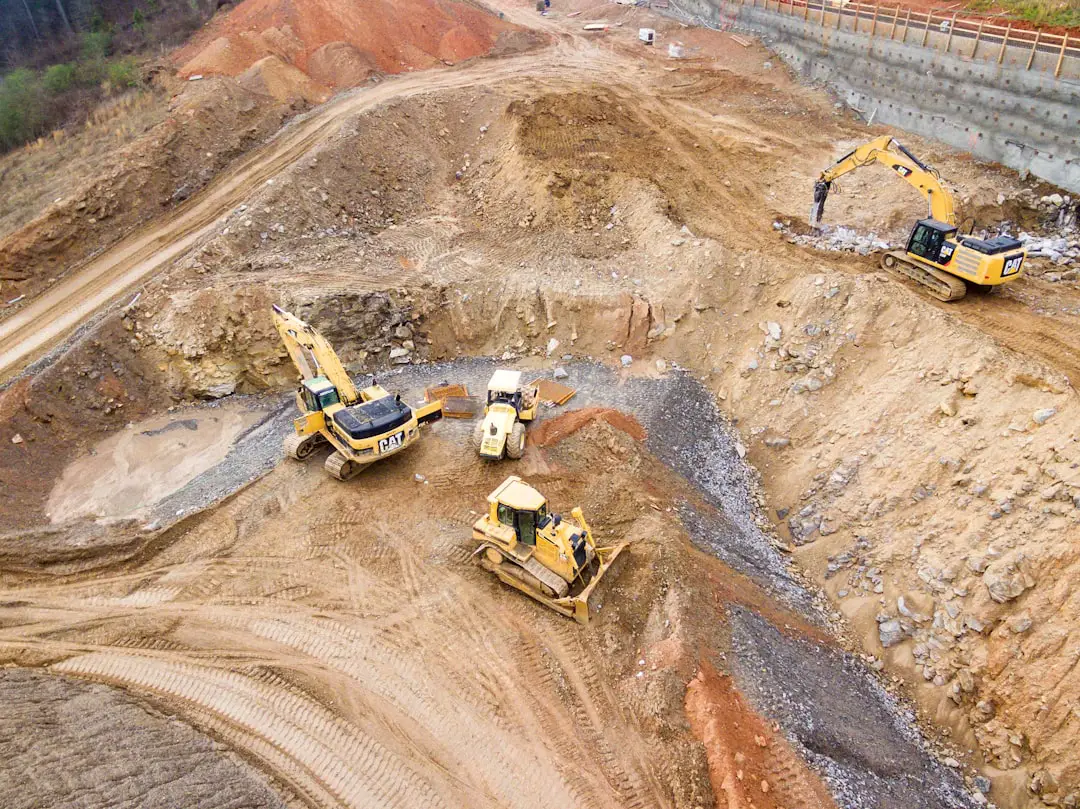When embarking on the journey of trail development, the first step is to gain a comprehensive understanding of the terrain. This involves not only recognizing the physical characteristics of the land but also appreciating its ecological and geological nuances. Different terrains present unique challenges and opportunities; for instance, a mountainous region may require different considerations than a flat, marshy area.
The topography, soil composition, vegetation types, and existing wildlife habitats all play crucial roles in determining how a trail can be constructed and maintained. In addition to physical features, understanding the terrain also encompasses cultural and historical contexts. Many trails traverse lands that hold significant cultural value for indigenous communities or historical importance due to past events.
Engaging with local historians or indigenous groups can provide insights that inform trail design and ensure that the project respects and honors these narratives. This holistic approach to understanding the terrain not only enhances the trail’s functionality but also enriches the experience for users by connecting them to the land’s deeper stories.
Key Takeaways
- Understanding the terrain is crucial for successful trailblazing, as it helps in determining the best route and identifying potential obstacles.
- Mapping out the route is essential to ensure that the trail is well-planned and takes into account the natural features of the area.
- Clearing the path involves removing any obstructions such as fallen trees or overgrown vegetation to make the trail accessible and safe for hikers.
- Building bridges and crossings is important for navigating water bodies and other challenging terrain, providing safe passage for hikers.
- Signage and wayfinding are necessary for guiding hikers along the trail and ensuring they stay on the designated path.
Mapping Out the Route
Advanced Mapping Technologies
Utilizing advanced mapping technologies such as Geographic Information Systems (GIS) can significantly enhance this phase. GIS allows planners to visualize the landscape in layers, analyzing aspects like elevation changes, water bodies, and existing trails to determine the most suitable path for the new trail.
Community Input and Feedback
Engaging with potential trail users during the mapping phase can provide invaluable feedback. Community input can highlight preferred routes, desired features, and potential concerns that may not be immediately apparent to planners.
Creating a Trail for Diverse Users
For example, hikers may prefer a route that offers scenic views or connects to other recreational areas, while mountain bikers might prioritize smoother surfaces and fewer obstacles. By incorporating diverse perspectives into the mapping process, planners can create a trail that meets a wide range of user needs while also respecting the natural environment.
Clearing the Path

With a mapped route in hand, the next critical step is clearing the path. This phase involves physically preparing the trail by removing obstacles such as fallen trees, dense underbrush, and rocks that may impede passage. The clearing process must be approached with care to minimize environmental disruption.
For instance, when removing vegetation, it is essential to identify which plants are native and which are invasive. Preserving native flora not only maintains local biodiversity but also helps prevent soil erosion and promotes a healthier ecosystem. Moreover, clearing the path is not merely about creating a physical route; it also involves establishing a clear vision for what kind of experience the trail will offer. Will it be a rugged backcountry experience or a well-groomed path suitable for families? The answer to this question will guide decisions about how much clearing is necessary and what kind of amenities might be added later on.
For example, if the goal is to create an accessible trail for all users, additional work may be required to ensure that surfaces are even and safe for those with mobility challenges.
Building Bridges and Crossings
| Bridge/Crossing Type | Length (meters) | Height (meters) | Materials Used |
|---|---|---|---|
| Suspension Bridge | 500 | 200 | Steel cables, concrete |
| Beam Bridge | 100 | 10 | Steel, concrete |
| Arch Bridge | 150 | 30 | Stone, concrete |
| Cable-stayed Bridge | 300 | 100 | Steel cables, concrete |
As trails often traverse diverse landscapes, building bridges and crossings becomes an essential aspect of trail development. These structures facilitate safe passage over obstacles such as rivers, streams, or deep ravines. The design and construction of bridges must take into account not only safety but also environmental impact.
For instance, using materials that blend with the natural surroundings can help minimize visual disruption while ensuring durability against weather conditions. In addition to traditional bridges, there are various types of crossings that can be employed depending on the specific needs of the trail. Boardwalks are an excellent solution for wetland areas where traditional paths would lead to erosion or damage sensitive ecosystems.
Elevated walkways can provide access through flood-prone regions without disturbing wildlife habitats. Each type of crossing requires careful engineering to ensure it can withstand environmental pressures while providing a safe experience for users.
Signage and Wayfinding
Effective signage and wayfinding systems are crucial components of any trail system. Clear markers help guide users along their journey, ensuring they remain on designated paths while also providing information about distances, points of interest, and safety guidelines. The design of signage should be intuitive and accessible; for example, using symbols alongside text can aid comprehension for non-native speakers or those with reading difficulties.
Moreover, wayfinding extends beyond simple directional signs. It encompasses creating an overall sense of place along the trail through interpretive signage that educates users about local flora and fauna, historical landmarks, or geological features. Such educational elements enrich the user experience by fostering a deeper connection to the environment.
For instance, a sign detailing the life cycle of a nearby tree species can inspire hikers to appreciate their surroundings more fully while promoting conservation awareness.
Environmental Considerations

Environmental considerations are paramount throughout every stage of trail development. The impact of human activity on natural ecosystems cannot be overstated; therefore, it is essential to adopt sustainable practices that minimize harm while promoting conservation efforts. Conducting environmental assessments before beginning construction can identify sensitive areas that require special attention or protection.
One effective strategy is to implement erosion control measures during construction and maintenance phases. Techniques such as installing silt fences or using natural materials like straw bales can help prevent soil erosion caused by foot traffic or rainfall. Additionally, selecting native plant species for any landscaping efforts along the trail can enhance biodiversity while reducing maintenance needs in the long run.
By prioritizing environmental stewardship in trail development, planners can create spaces that not only serve recreational purposes but also contribute positively to local ecosystems.
Safety Measures
Safety measures are an integral part of trail planning and maintenance. Ensuring that trails are safe for all users requires a multifaceted approach that includes regular inspections, maintenance protocols, and emergency preparedness strategies. Regular inspections help identify potential hazards such as fallen trees or eroded sections of trail that could pose risks to hikers or bikers.
Incorporating safety features into trail design is equally important. This might include installing guardrails on steep sections or providing adequate lighting in areas where visibility may be compromised at dusk or dawn. Additionally, creating emergency access points along the trail can facilitate quick responses in case of accidents or medical emergencies.
By prioritizing safety throughout every aspect of trail development, planners can foster an environment where users feel secure and confident in their outdoor experiences.
Maintaining the Trail
Trail maintenance is an ongoing commitment that ensures trails remain safe and enjoyable for users over time. Regular maintenance tasks include clearing debris, repairing erosion damage, and monitoring vegetation growth along the path. Establishing a maintenance schedule helps ensure these tasks are performed consistently rather than waiting until issues become significant problems.
Community involvement plays a vital role in maintaining trails effectively. Volunteer groups can organize regular clean-up days or maintenance events where local residents come together to care for their shared outdoor spaces. This not only helps keep trails in good condition but also fosters a sense of ownership among community members who feel invested in preserving their natural surroundings.
Community Involvement
Engaging the community throughout all stages of trail development is essential for creating a successful project that meets local needs and desires. Involving community members in planning discussions allows for diverse perspectives to be heard and considered, ultimately leading to a more inclusive design process. Public meetings or workshops can serve as platforms for gathering input on proposed routes, desired amenities, and potential concerns regarding environmental impacts.
Furthermore, fostering ongoing community involvement after trail completion is crucial for long-term success. Establishing volunteer programs for maintenance or organizing events such as guided hikes or educational workshops can help keep community members engaged with their local trails. By cultivating a strong sense of community around outdoor spaces, planners can ensure that trails are not only well-used but also cherished by those who live nearby.
Trailblazing Equipment and Tools
The tools and equipment used in trailblazing play a significant role in determining both efficiency and effectiveness during construction and maintenance phases. Basic hand tools such as shovels, rakes, and pruning saws are essential for initial clearing efforts; however, more specialized equipment may be required for larger projects or ongoing maintenance tasks. For instance, mechanized tools like brush cutters or chainsaws can expedite clearing dense underbrush or fallen trees from pathways.
Additionally, using compactors or graders can help create smooth surfaces suitable for various user types—whether they are hikers seeking a leisurely stroll or mountain bikers looking for challenging terrain. Investing in high-quality equipment not only enhances productivity but also ensures that trails are built to last.
Promoting and Preserving the Trail
Once a trail has been developed and opened to the public, promoting it effectively becomes crucial for attracting users while ensuring its preservation over time. Marketing efforts should highlight unique features of the trail—such as scenic vistas or historical significance—to draw visitors from both local communities and beyond. Social media platforms offer powerful tools for promoting trails through engaging content like photos, videos, and user testimonials.
Collaborating with local tourism boards or outdoor organizations can further amplify outreach efforts by tapping into existing networks of outdoor enthusiasts. However, promotion must go hand-in-hand with education about responsible use practices to protect natural resources from overuse or degradation. Preserving trails requires ongoing commitment from both planners and users alike; implementing guidelines around responsible use—such as staying on designated paths or packing out trash—can help mitigate negative impacts on ecosystems while ensuring that future generations can enjoy these outdoor spaces just as current users do today.
If you’re interested in learning more about hiking and outdoor adventures, you may also want to check out this article on 5 Amazing Tent Camping Spots Near You This Spring 2025. This article provides valuable information on some great camping locations to explore and enjoy the great outdoors. It’s a perfect complement to understanding how hiking trails are made and maintained for outdoor enthusiasts.
FAQs
What is the process of creating hiking trails?
The process of creating hiking trails involves planning, designing, and constructing a path through natural landscapes that is safe and sustainable for hikers to use.
Who is responsible for creating hiking trails?
Hiking trails are typically created and maintained by government agencies, non-profit organizations, and volunteer groups dedicated to preserving and promoting outdoor recreation.
What factors are considered when creating hiking trails?
When creating hiking trails, factors such as the natural environment, topography, soil type, vegetation, wildlife habitats, and potential erosion are carefully considered to minimize impact and ensure sustainability.
What tools and equipment are used to create hiking trails?
Tools and equipment used to create hiking trails may include chainsaws, hand tools, heavy machinery, trail markers, signage, and erosion control materials.
How are hiking trails maintained after they are created?
Hiking trails are maintained through regular upkeep, including clearing debris, repairing erosion, installing drainage features, and replacing trail markers and signage. This work is often done by volunteers and trail maintenance crews.
